This website was built using a heavily modified version of the astro-nano starter template for the excellent Astro framework. While only visual elements from the original template remain, full credit goes to Mark Horn for the initial inspiration.
Tech stack
Here’s an overview of the technologies I used to build this website:
- Framework: Astro - great for static site generation and content-focused sites
- Runtime: Bun - fast, modern runtime
- UI: Tailwind CSS (and DaisyUI for a few non-custom components)
- Language: TypeScript - type safety or whatever
- Content: MDX - enabling rich, interactive content posts
- Style: ESLint + Prettier via antfu config - maintaining code consistency
- Deployment: Cloudflare Pages - fast, global CDN and serverless functions
- IDE: Cursor - AI-powered IDE
Overview
The website is entirely static, meaning it’s built and served from a single GitHub repository as a collection of files. Aside from built-in Astro page routing functionality, no javascript is sent to the client. As a result, the site is pretty fast and simple to host. To account for pages that rely on dynamic content (such as my last.fm statistics on the music page), I simply use a GitHub action to rebuild the site and redeploy it to Cloudflare Pages on a regular schedule.
Another somewhat interesting aspect of this website is that I try to define reusable metadata and global site options within a single global config.yaml file. Here’s a snippet of it:
site:
name: FRACTAL COUNTY
url: https://fractalcounty.com
titleTemplate: '%s | %site%'
defaultTags:
- chippledipple
- fractal
- county
- art
- gamedev
integrations:
fediverse:
instance: https://mastodon.social
username: '@fractalcounty'
discord:
verificationHash: [redacted]
author:
name: Chip Fractalcounty
email: chip@fractalcounty.com
username: '@fractalcounty'
bio: Amateur software developer and occasional artist
# [..etc]
This website was my first real attempt at building a proper website, so it’s far from perfect. Regardless, it fits my needs for now and I’m sure I’ll continue to improve it as time goes on.
If you’re interested in the code or brave enough to try using it as a starting point for your own website, feel free to check out the repository over on GitHub.
